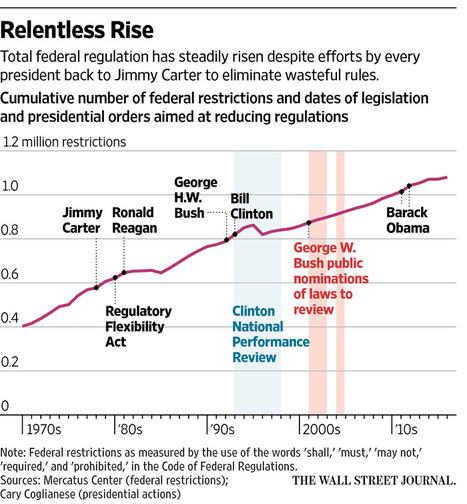(p. A15) The highest-ranked American airport on the list of the world’s top 100, as determined by the Passengers Choice Awards, is Denver–at 28. Atlanta comes in at 43, Dallas at 58, Los Angeles at 91.
Why do American passengers pay so much to get so little? Because their airports, by global standards, are terribly managed.
Cities from London to Buenos Aires have sold or leased their airports to private companies. To make a profit, these firms must hold down costs while enticing customers with lots of flights, competitive fares and appealing terminals. The firm that manages London’s Heathrow, currently eighth in the international ranking, was so intent on attracting passengers that it built a nonstop express train to the city’s center. It’s also seeking to add another runway, as is the rival firm running Gatwick Airport.
American airports are typically run by politicians in conjunction with the dominant airlines, which help finance the terminals in return for long-term leases on gates and facilities. The airlines use their control to keep out competitors; the politicians use their share of the revenue to reward unionized airport workers. No one puts the passenger first.
For the full commentary, see:
JOHN TIERNEY. “‘Third World’ U.S. Airports? That Insults the Third World; Private managers make terminals sparkle and hum the world over. Here we’re stuck with LaGuardia.” The Wall Street Journal (Sat., Jan. 21, 2017): A15.
(Note: the online version of the commentary has the date Jan. 23 [sic], 2017.)


